Agriculture Research Institute 15X Loupe
SKU: 23203-3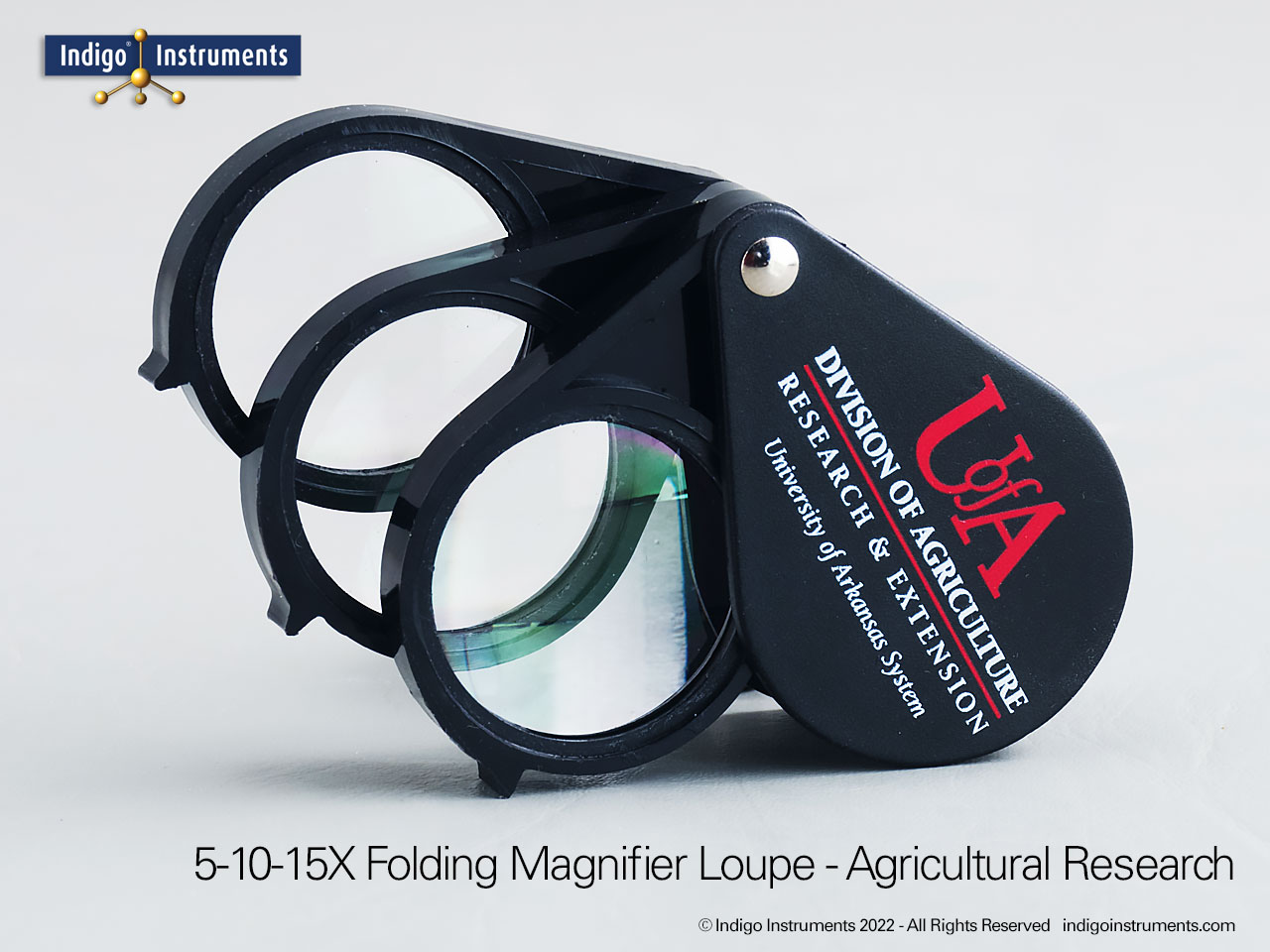
This foldout magnifier has three 30mm (1.25 inch) 5X glass lenses for up to 15X magnification & makes an ideal tool & gift for agricultural research. Identifying a health plant or a noxious pest can be a challenge. This magnifier can help you find the smallest egg, instar or spore or inspect the growth of the finest rhizomes or anthers. Identify mites, powdery mildew, potato beetles & more.
We've offered this quality loupe since 2002 for conventional & promotional giveaway uses. See Branding & Related Products below for adding a logo (NOT included).
One customer says this in a Google Review "...loupes for studying plants and fungi...for my children...well made, well priced...easy to order online....highly recommend.

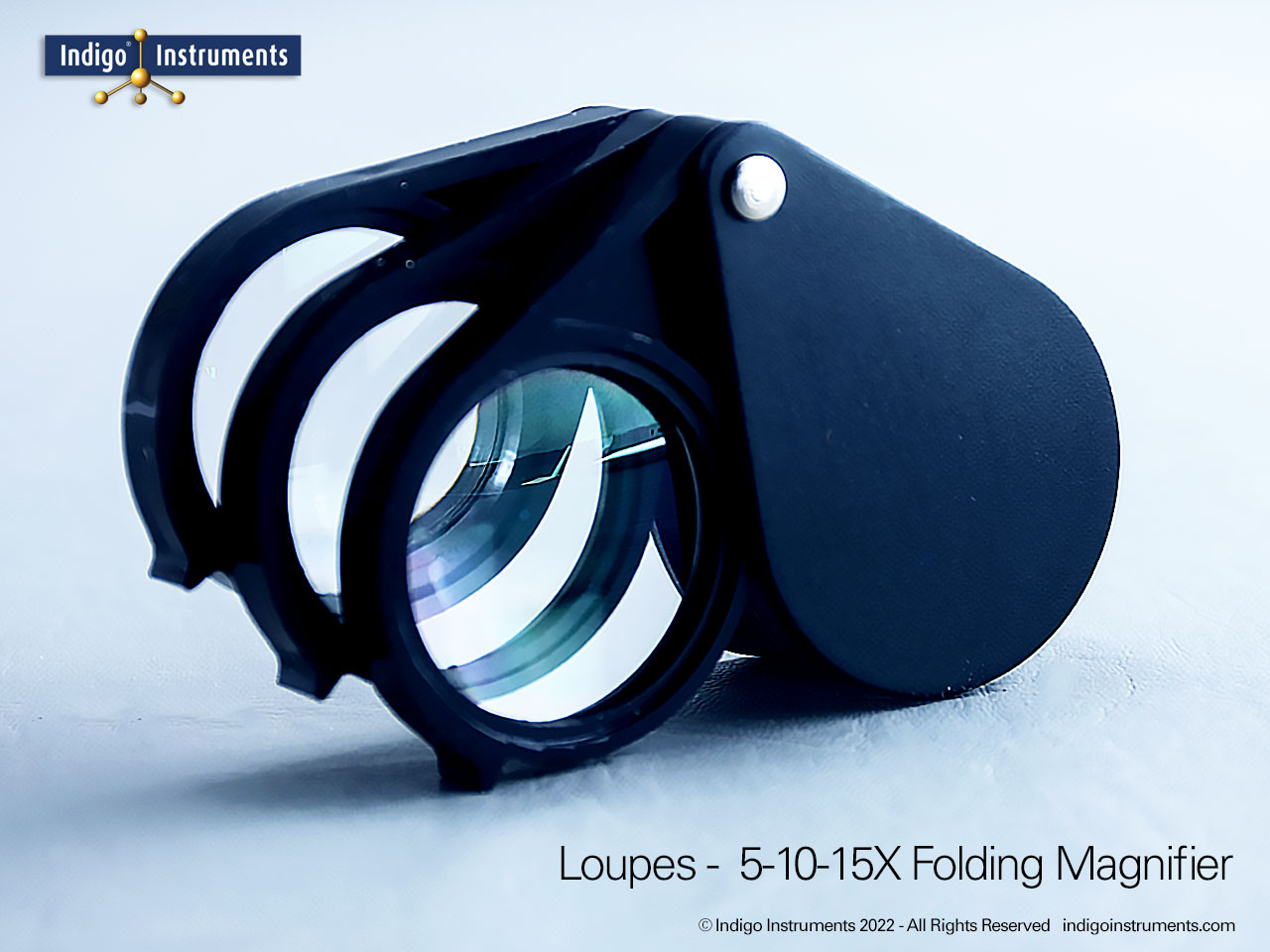
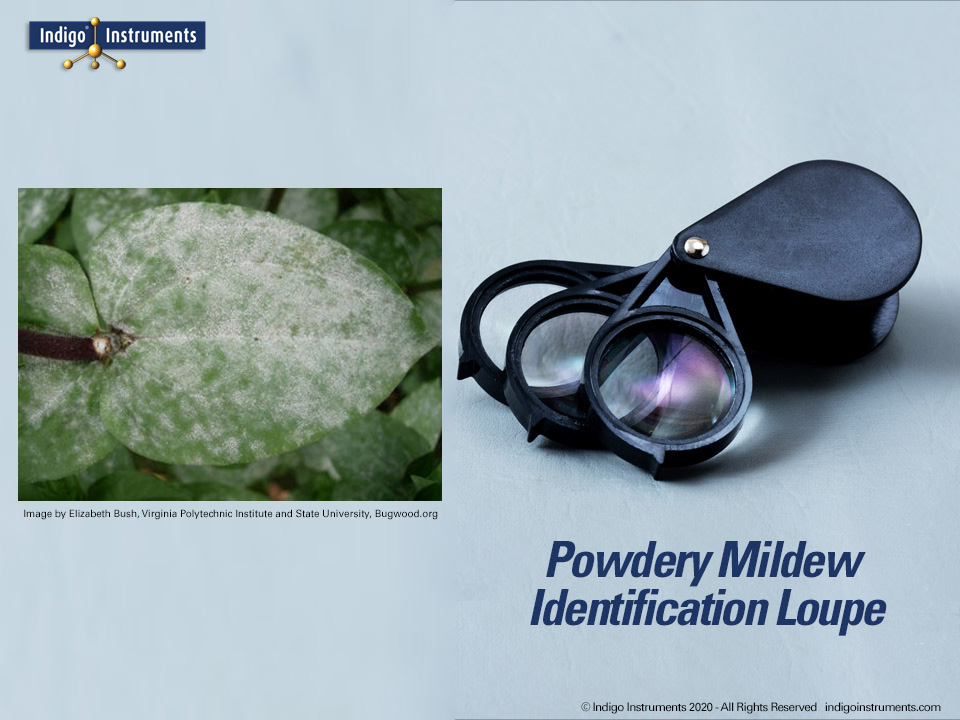
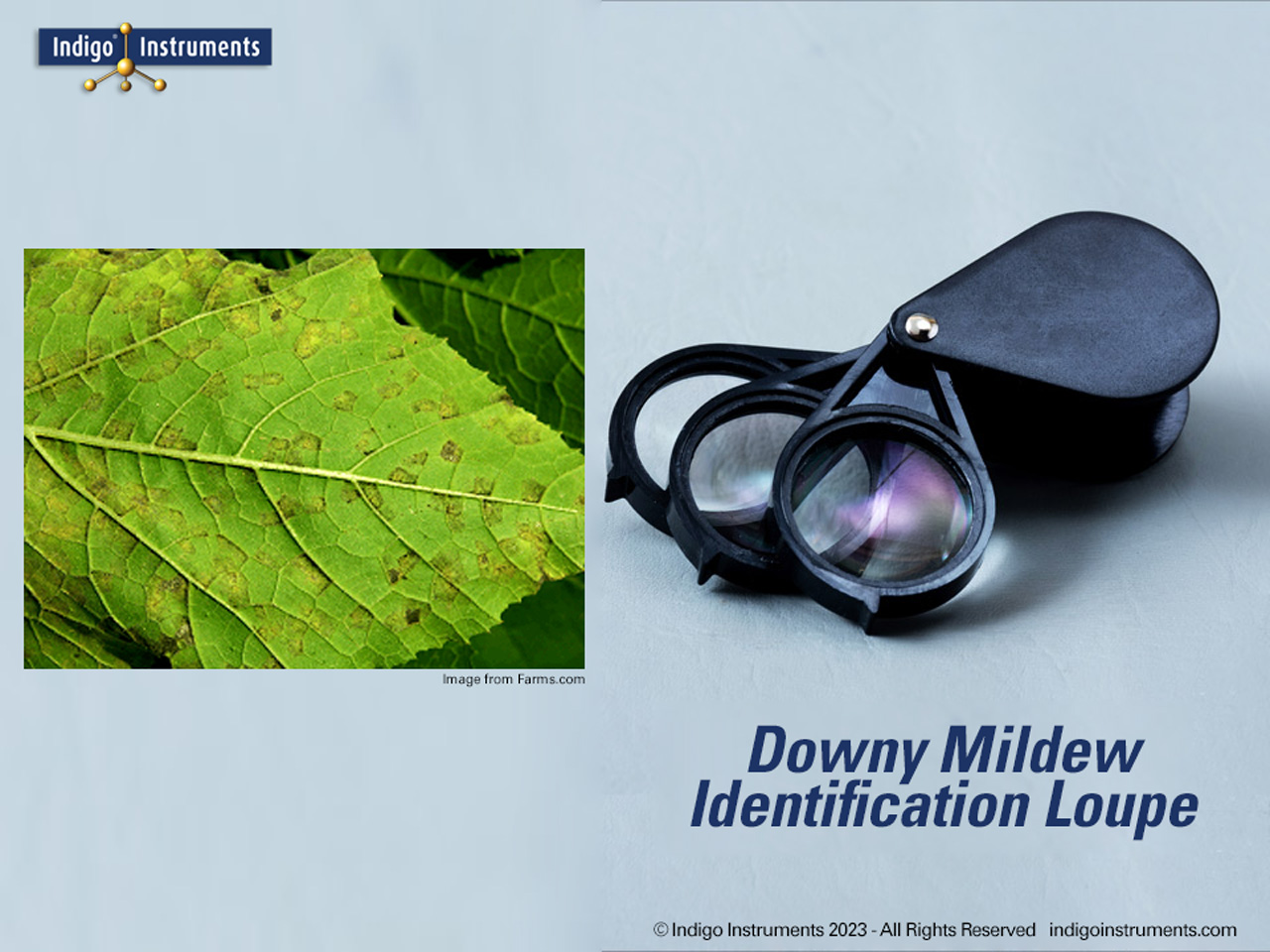

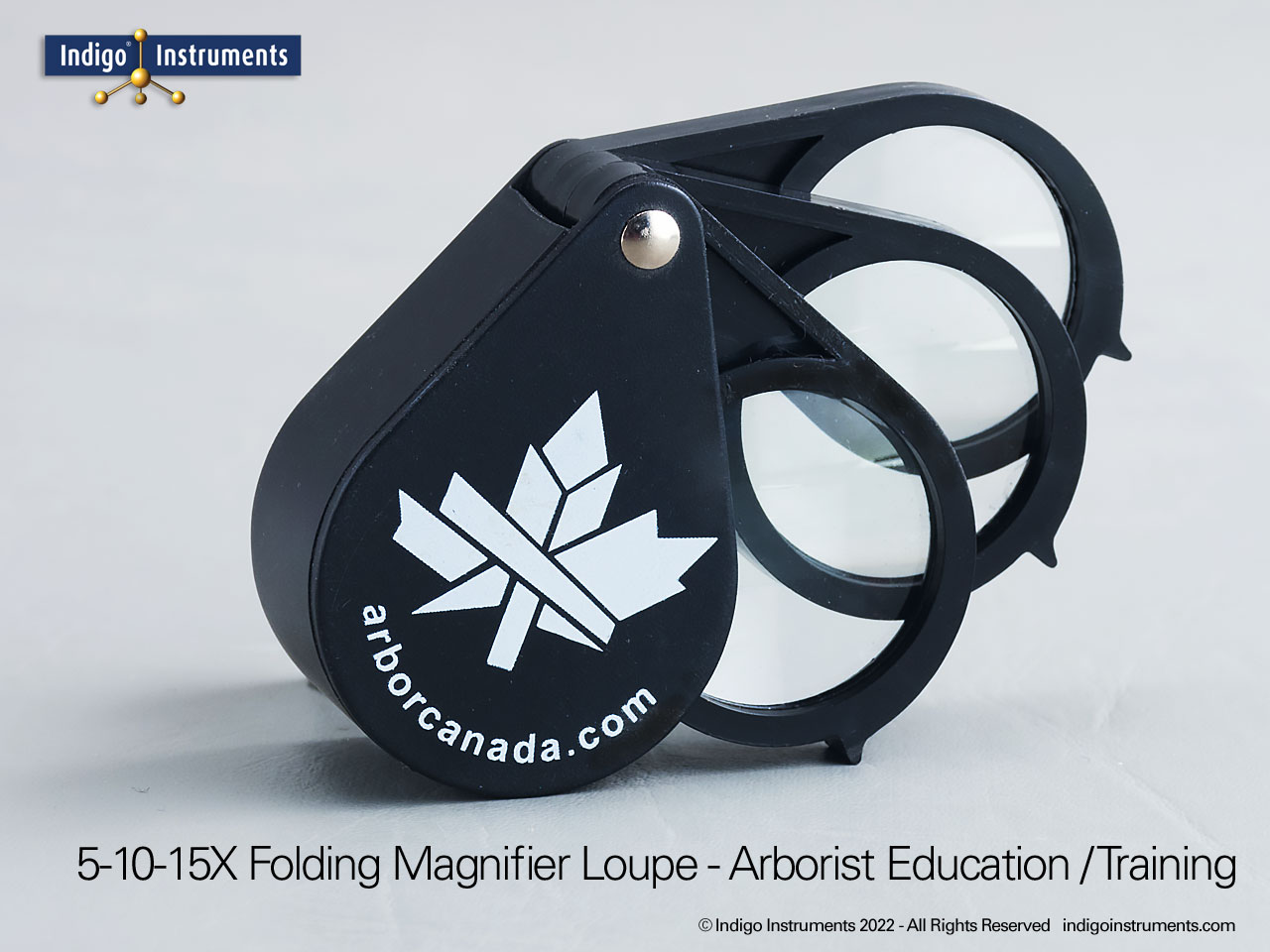
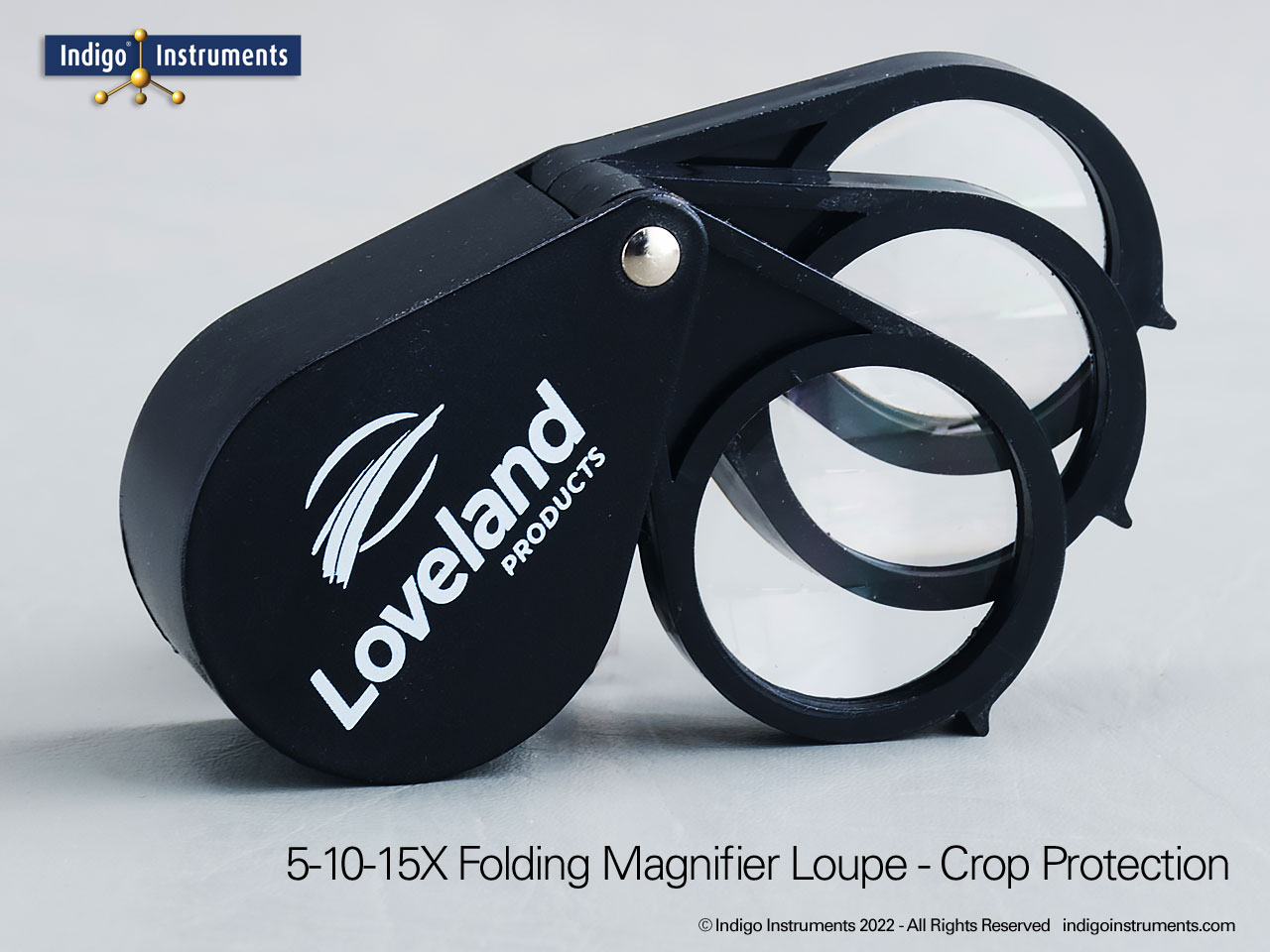
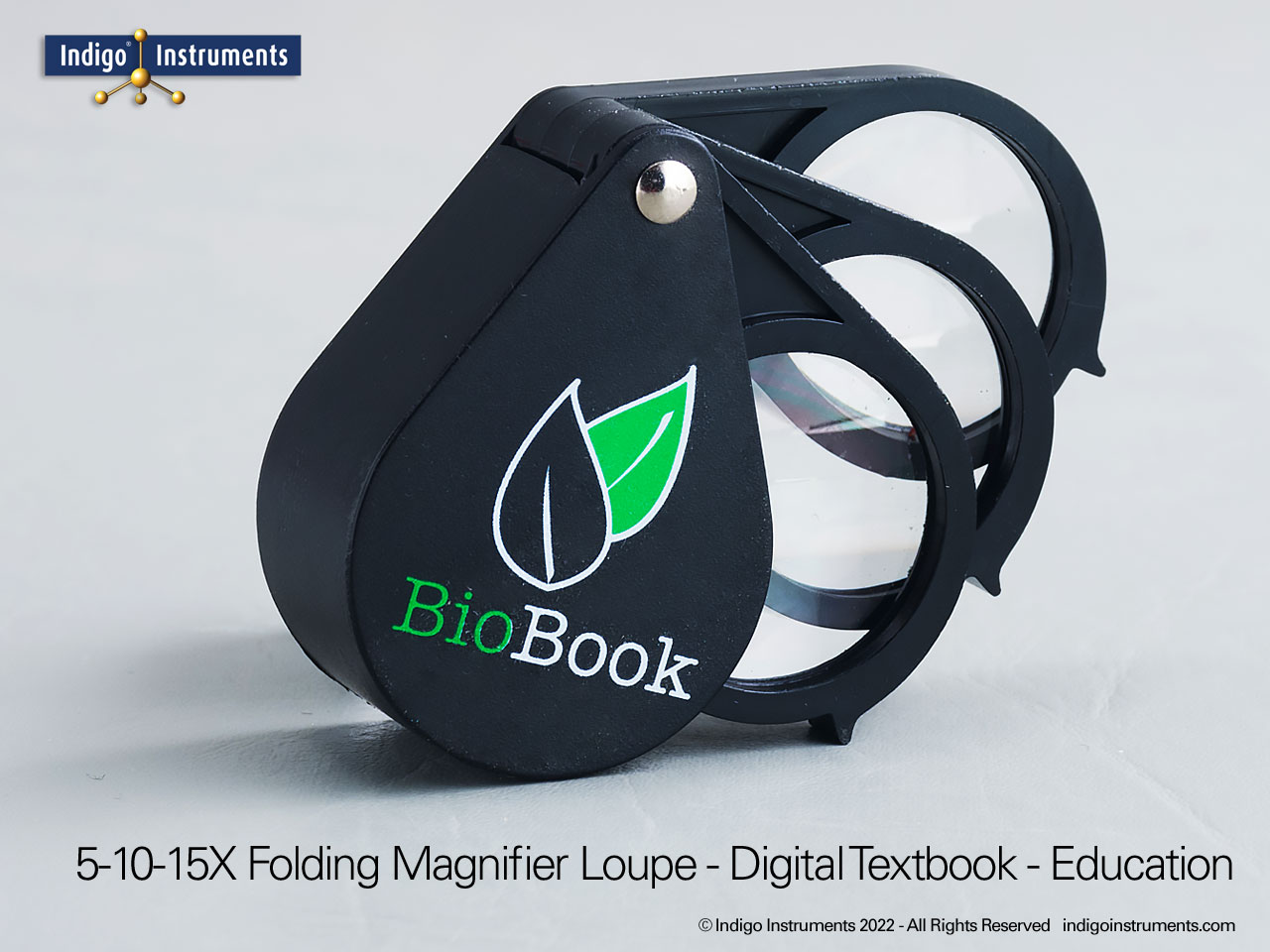
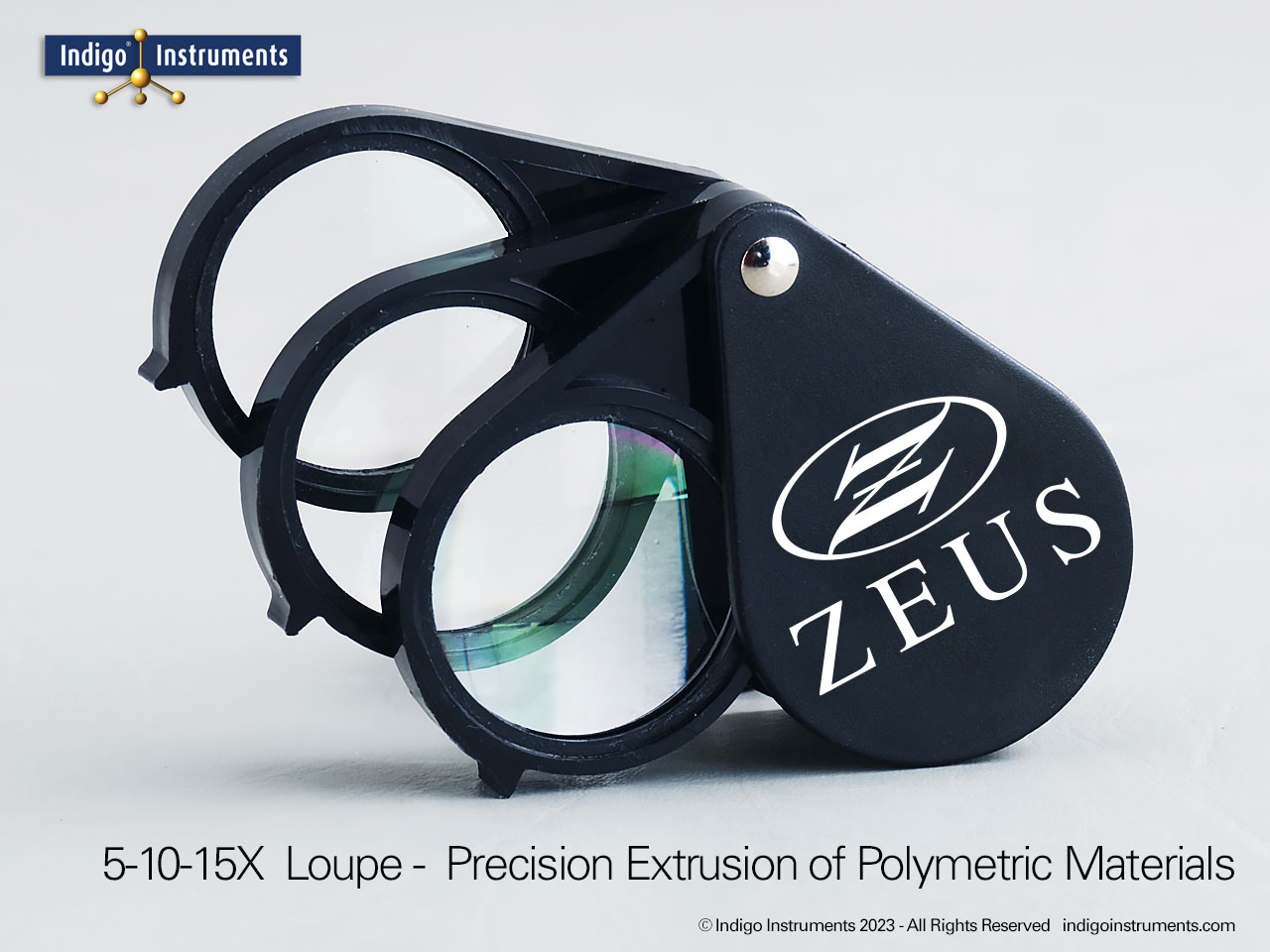
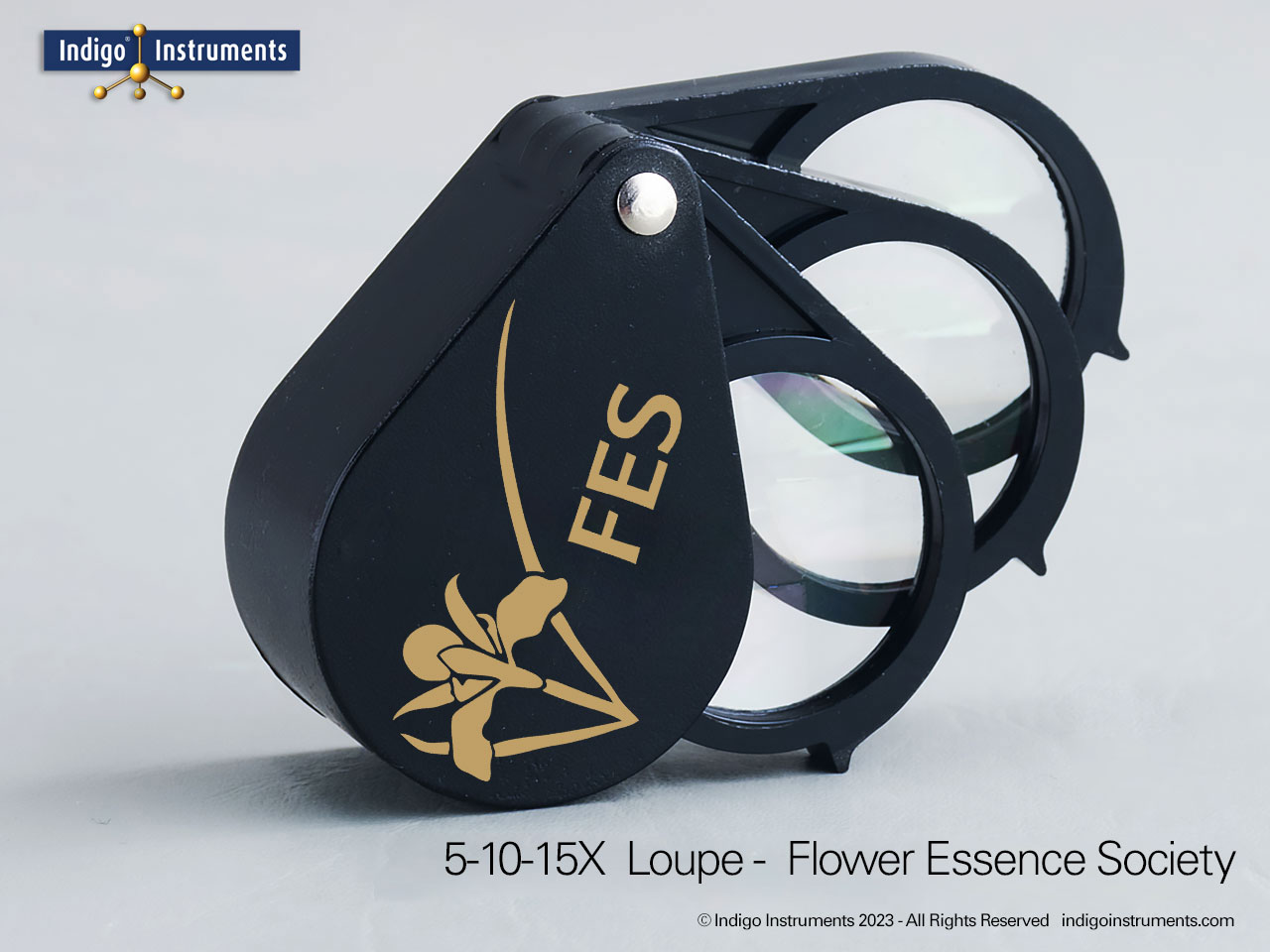
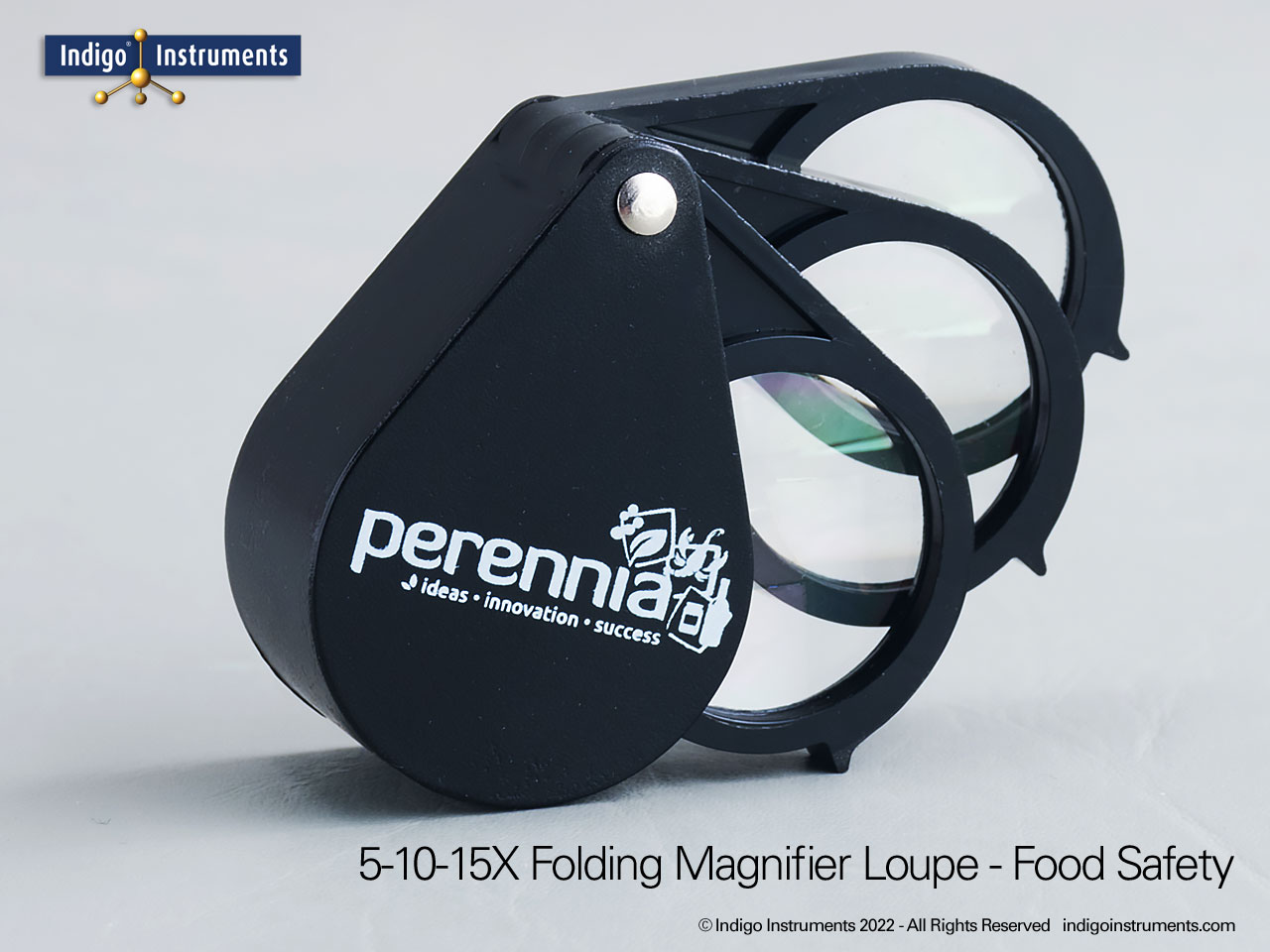
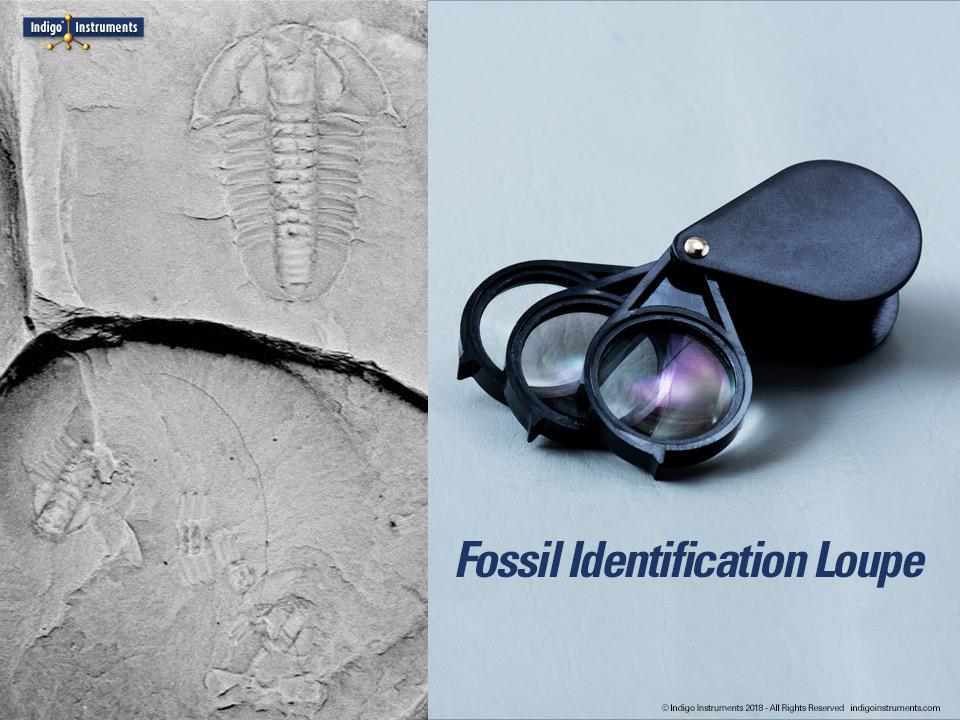
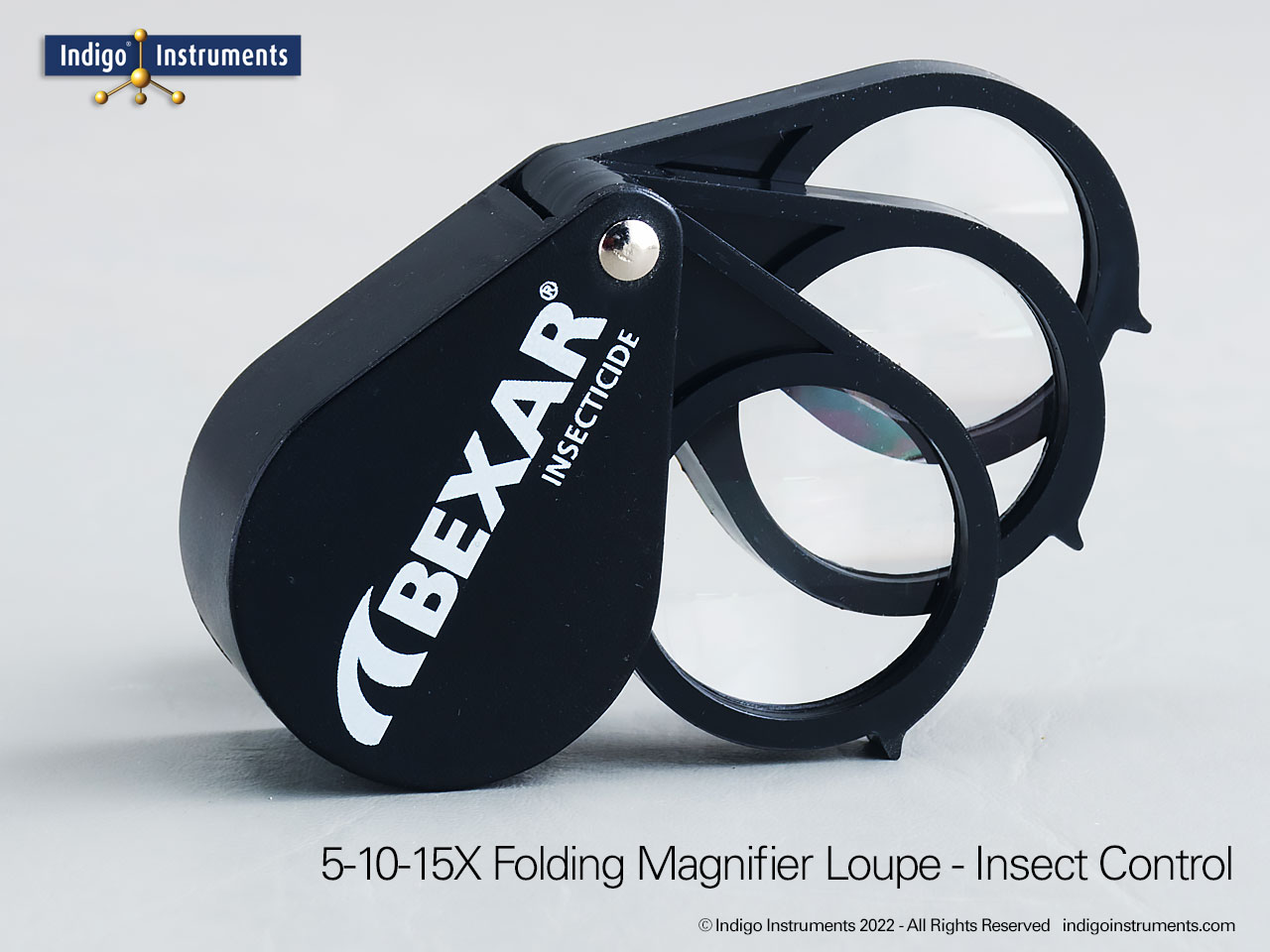
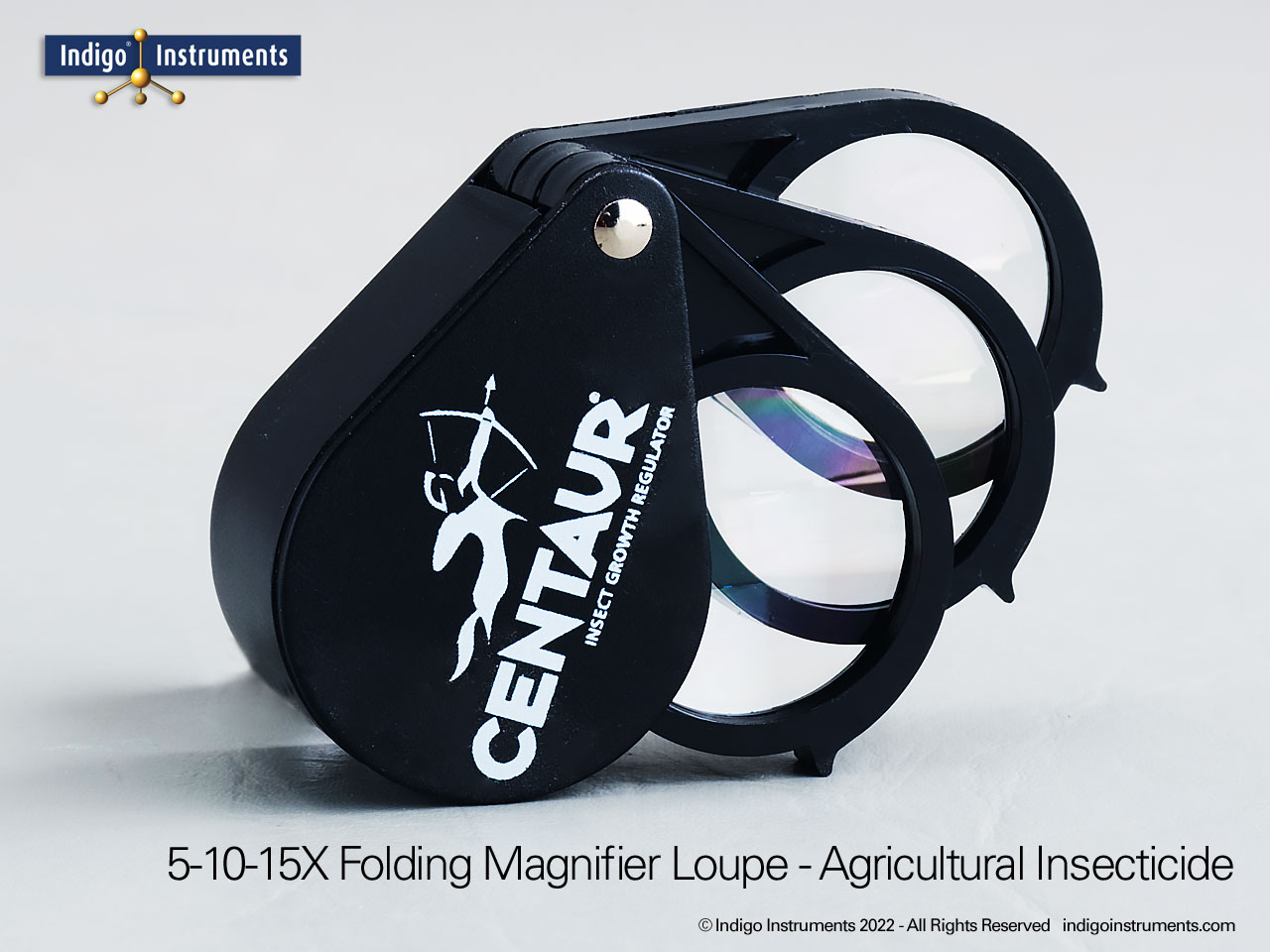
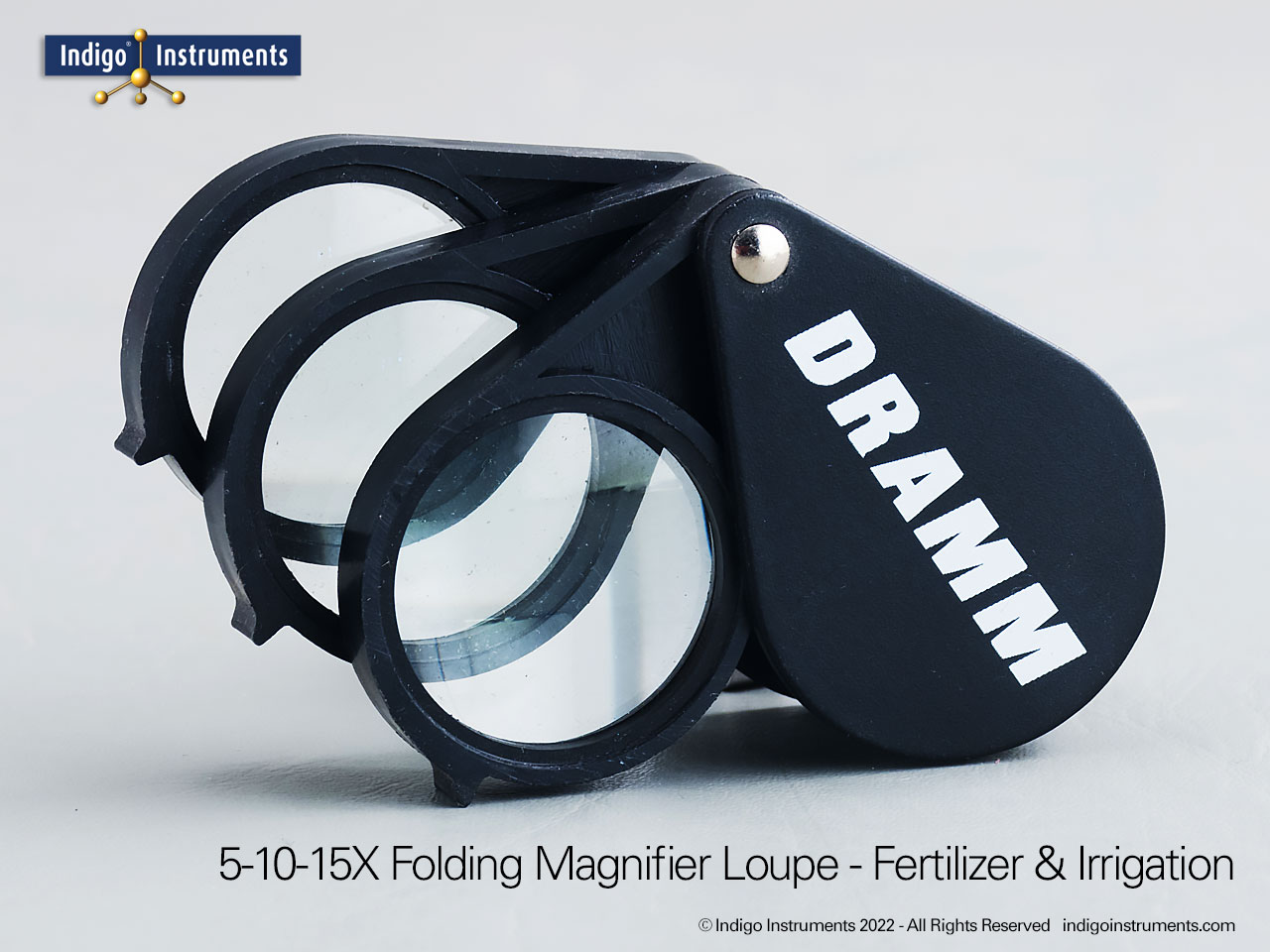
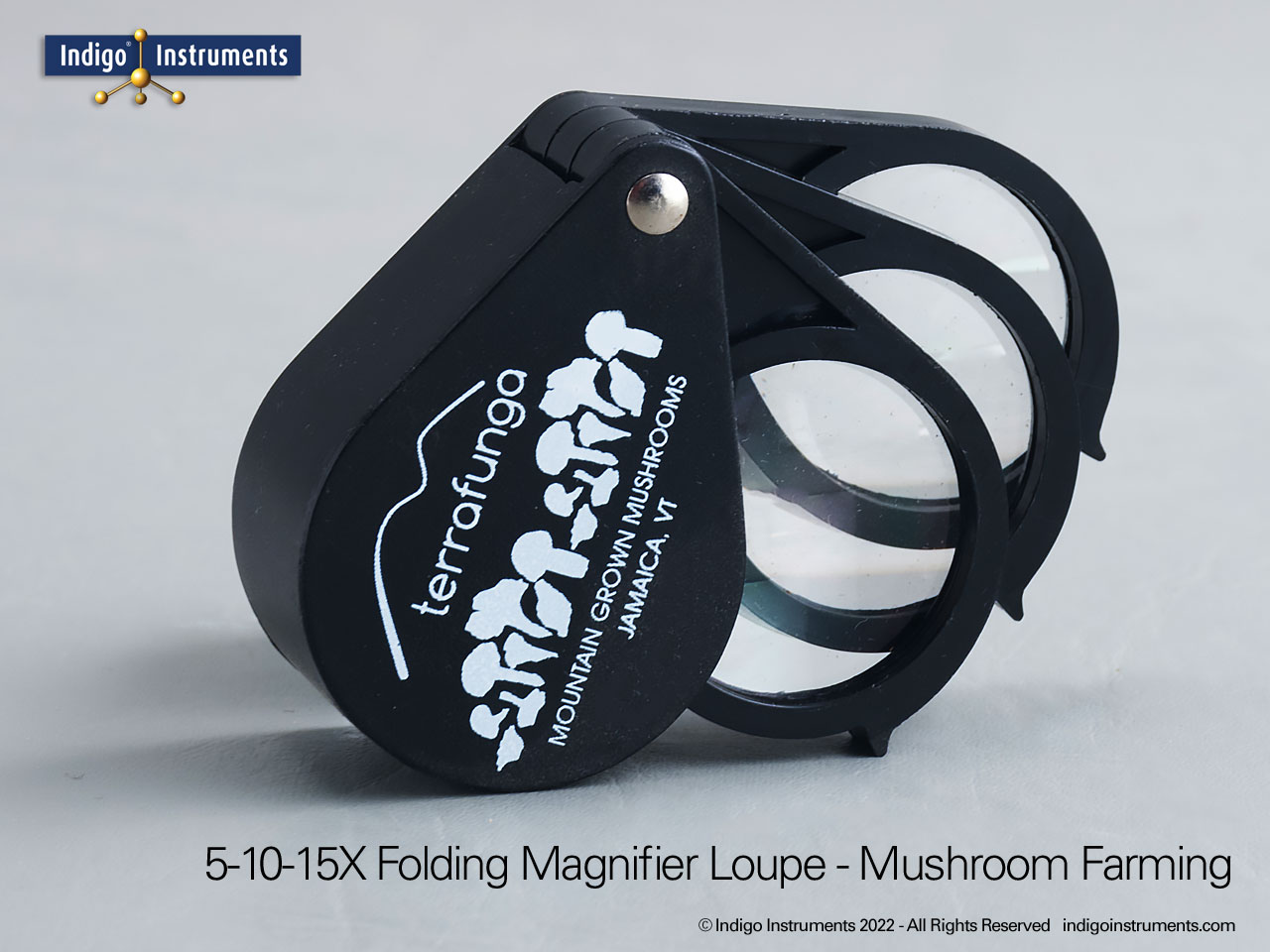
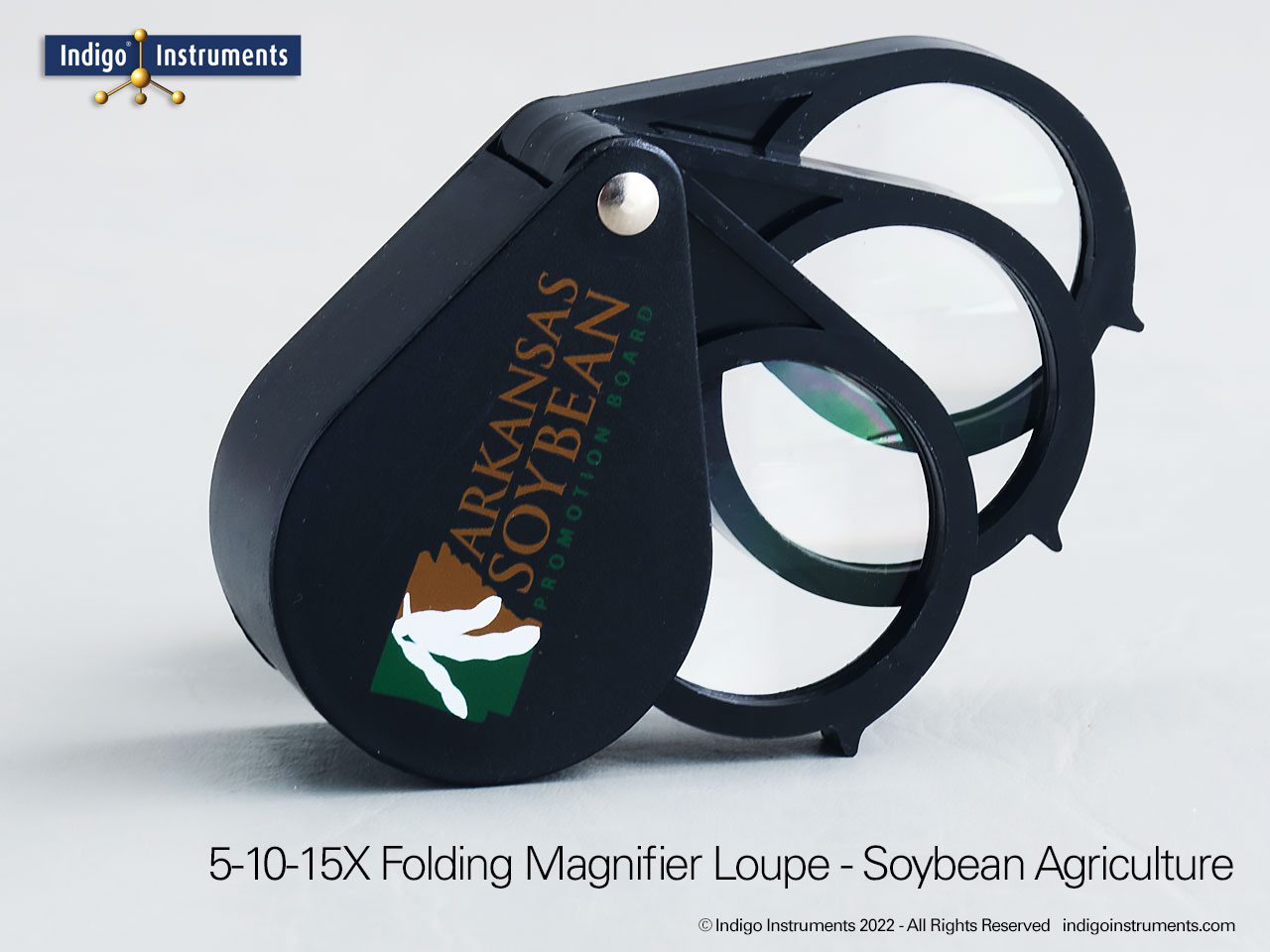
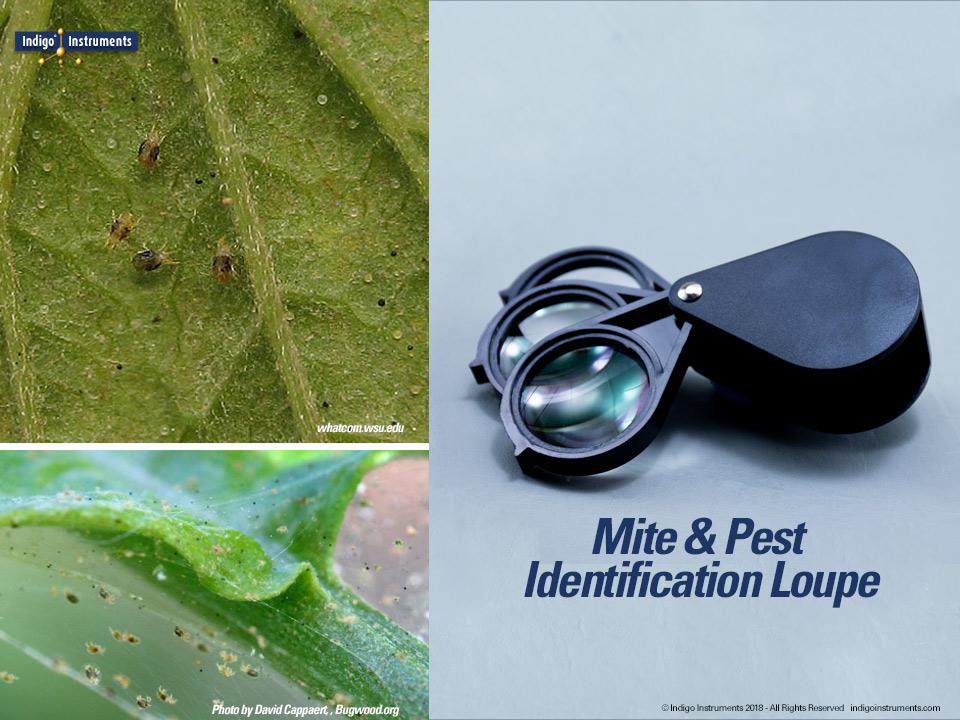

Thanks for the review & feedback. We haven't been able to get a version with both a loop to attach a lanyard & a flat surface to allowing branding (printing). Our Phone Camera Dissecting Microscope shows a close up of a fly but we recommend the 10X 23mm for its better depth of field. It might also allow you to see cells such as leaf stomata or cork.